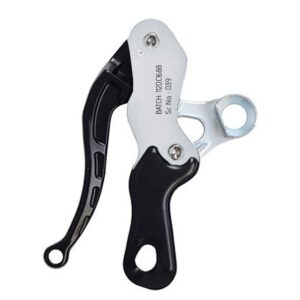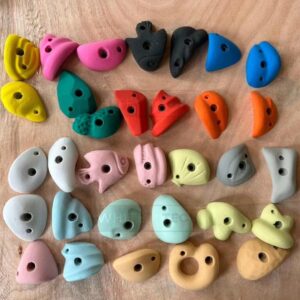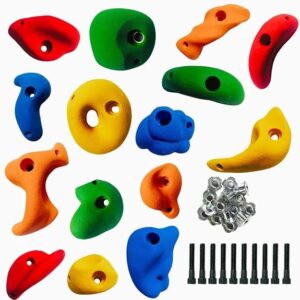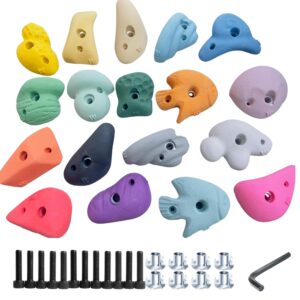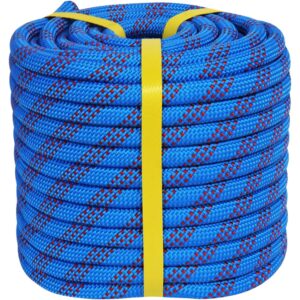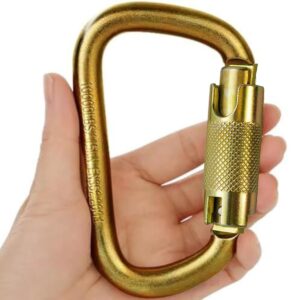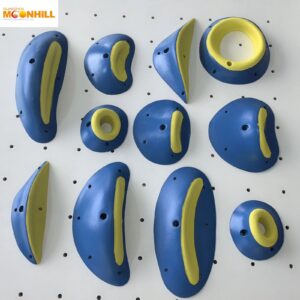Description
IBS Tendom Pulley is a precision-engineered mechanical component (having two consecutivewheels) designed to guide, redirect, or support cable or rope movement under tension with aslight slope. Made from high-strength materials, this pulley ensures optimal load distributionand smooth rotation with minimalfriction. It features a self lubricated bushings, providingsmoothness and maintenance-friendly operation even in demanding environments.This pulleyiscommonly used in tensioning systems, lifting mechanisms, and dynamic loadapplications, offering high load capacity, corrosion resistance, and operational efficiency.
Design, Features And Appearance:
➢ Antique Green Aluminium Alloy Side Plates
➢ Equipped with Stainless Steel Sheave (Wheel) & Stainless Steel Axle
➢ Unique marking for Identification & Traceability
➢ Minimum & Maximum Operating Temperature : 0°C to 80°C
➢ Apart From Visual Inspection For Design And Construction, Strength Test,
Functional Test & Corrosion resistance Tests are performed
➢ Test Certificate is issued with the product
Conforming Standards:
EN 12278: 2007
Metal Components:
Side Plates
➢ Superior Quality Fixed
Aluminium Alloy
➢ Anodizing Plating
➢ Free From Sharp Edges
Sheave / Wheel
➢ Superior Quality
Stainless Steel
➢ Polished
➢ Smooth Finish
Axle / Rivet
➢ High Strength Stainless Steel
➢ Free From Sharp Edges
Dimensions: Colour: Weight:
Height : 80 mm Antique Green 312 Grams ± 2%
Width : 108 mm
Min. Rope Dia: Max. Rope / Cable Dia Sheave Type:
8 mm 12 mm Self Lubricating Bushing
Breaking Strength: Warranty: Shelf Life
30 kN 1 Year 10 Years
Maintenance & Storage:
Regular & proper maintenance is important for the durability and longevity of the product.Metal components should be periodically checked & kept away from direct heat or anyphysical and chemical contaminants. Wipe and clean the equipment using a cloth &ubricating oil to ensure they work smoothly. In case of dust, use air blower to clean theequipment. The equipment should be stored in a clean & direct place, away from sharp
edges, damp environment, vibration and ultra-violet degradation that could affect the condition of components.

















